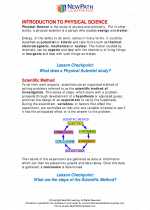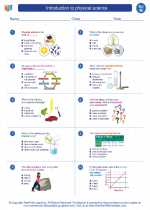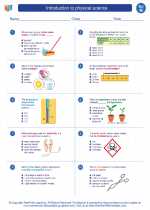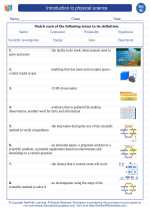Nuclear Fusion
Nuclear fusion is a process in which two light atomic nuclei combine to form a heavier nucleus, releasing a large amount of energy in the process. This process powers the sun and other stars and has the potential to provide a clean and abundant source of energy for human use.
Key Concepts
- Fusion Reaction: In a fusion reaction, two light atomic nuclei, typically isotopes of hydrogen (deuterium and tritium), combine to form a heavier nucleus, such as helium, along with a neutron.
- Energy Release: The fusion process releases energy according to Einstein's mass-energy equivalence principle (E=mc^2), where a small amount of mass is converted into a large amount of energy.
- Conditions for Fusion: Fusion reactions require extremely high temperatures and pressures to overcome the electrostatic repulsion between positively charged nuclei and bring them close enough for the strong nuclear force to take over and bind them together.
- Sun's Fusion: The sun's core undergoes nuclear fusion, primarily converting hydrogen into helium through a series of reactions known as the proton-proton chain.
- Fusion Reactors: Scientists are working on developing controlled nuclear fusion reactions on Earth to harness the energy for electricity generation, with projects such as ITER (International Thermonuclear Experimental Reactor) aiming to demonstrate the feasibility of fusion power.
Study Guide
When studying nuclear fusion, it's important to understand the fundamental principles and applications of this process. Here are some key points to focus on:
- Define nuclear fusion and contrast it with nuclear fission.
- Explain the role of temperature and pressure in initiating and sustaining fusion reactions.
- Describe the fusion reactions that power the sun and other stars.
- Discuss current research and development efforts in the field of controlled nuclear fusion for practical energy generation.
- Explore the potential advantages and challenges associated with utilizing nuclear fusion as a source of clean energy.
By mastering these concepts, you will gain a solid understanding of nuclear fusion and its significance in the context of energy production and astrophysics.
.




